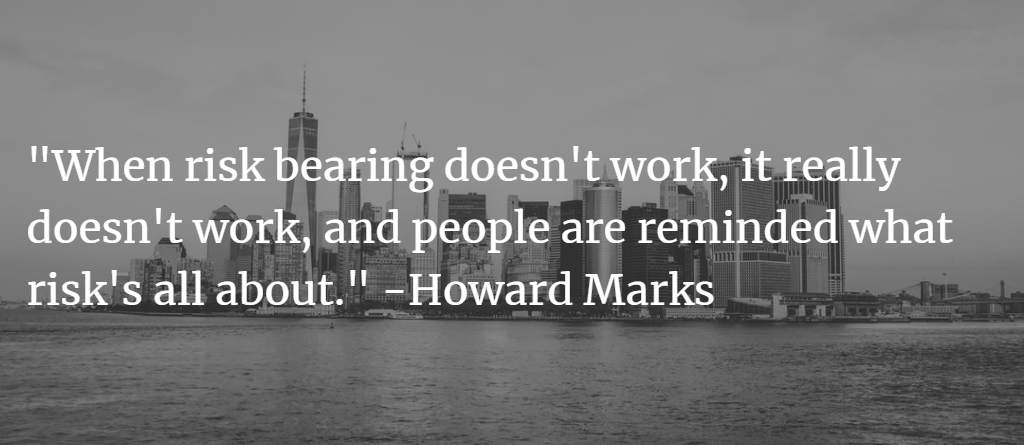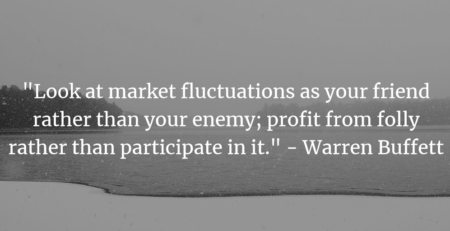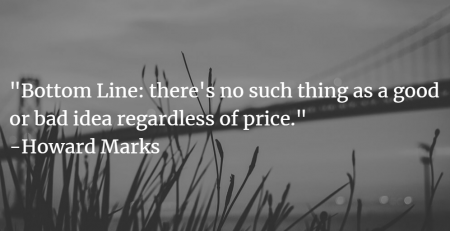Trade-off: Risk and Return
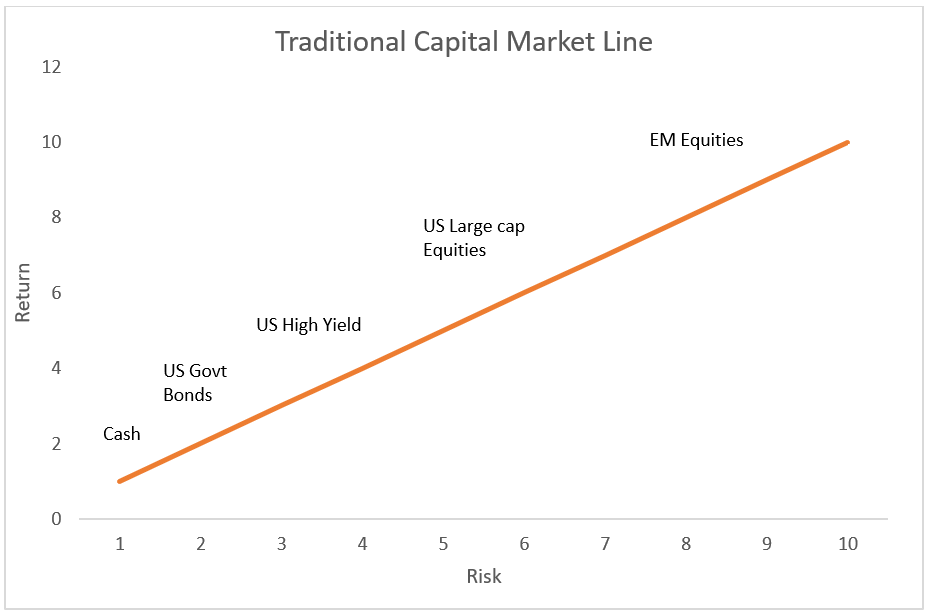
-
The consideration of the higher level of uncertainty in return is important at the outset in forming one’s investment strategy.
-
The consideration of the risk level taken to achieve a given return historically is vital when assessing performance of any investor or strategy.
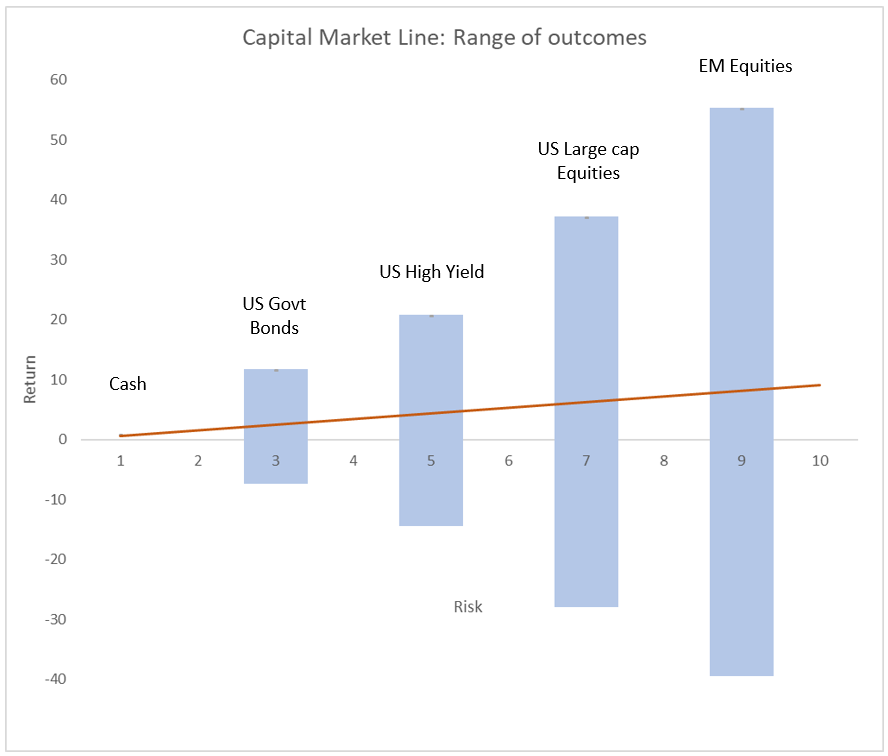
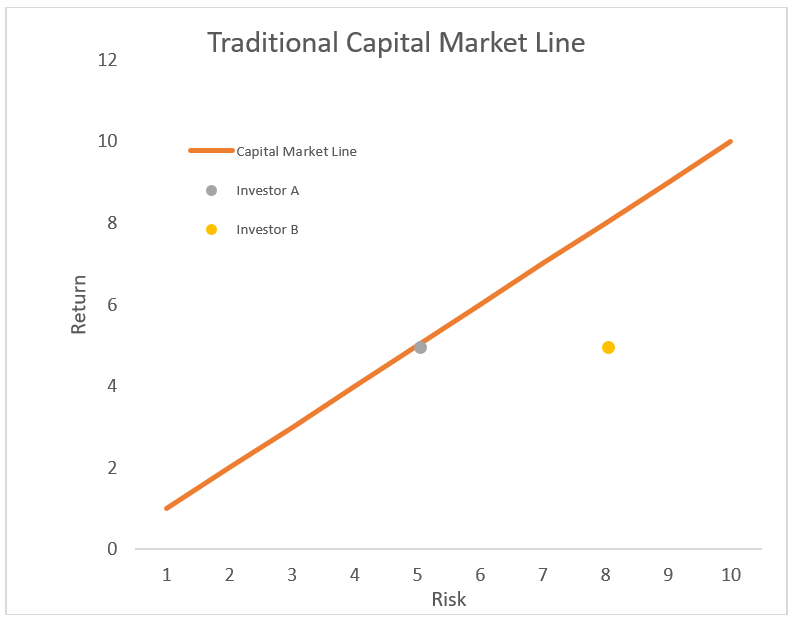
-
Investors should never consider return without also considering risk.
-
Investors cannot expect a greater return simply for taking additional risk.
-
Whilst difficult to measure (particularly in good times) risk will become very apparent after the event. As such, it needs to be considered at all times, bad and good.
Disclosures: This blog expresses the views of the author as of the date indicated and such views are subject to change without notice. Globescan Capital, Inc. has no duty or obligation to update the information contained herein. Further, Globescan Capital, Inc. makes no representation, and it should not be assumed, that past investment performance is an indication of future results. Moreover, any information or opinions contained in this blog are not intended to constitute a specific recommendation to make an investment.
The information contained herein does not constitute and should not be construed as an offering of advisory services or an offer to sell or solicitation to buy any securities or related financial instruments in any jurisdiction. Certain information contained herein or linked to is based on or derived from information provided by independent third-party sources. Globescan Capital, Inc. believes that the sources from which such information has been obtained are reliable; however, it cannot guarantee the accuracy of such information and has not independently verified the accuracy or completeness of such information or the assumptions on which such information is based.


